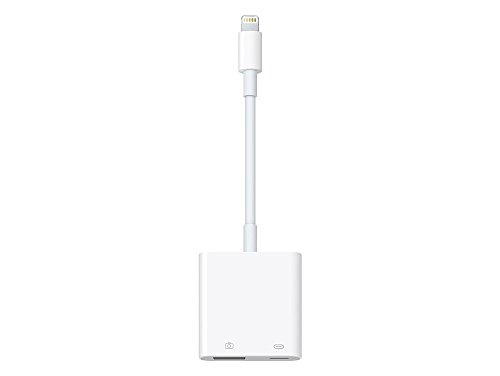Do I sing better on Smule with headset or with a vocal microphone?
Everyone who sings on Smule for a long time will sooner or later ask himself the question whether there isn't a way to enhance his own sound quality. The sound with a smartphone headset is acceptable in many cases, but it limits and does not necessarily get the maximum out of your voice.
Nevertheless, it is not possible to give a blanket answer to the question of whether a smartphone headset or a vocal microphone is the better choice. What is the reason for this?
Well, Smule was born out of the idea to be able to sing together online with simple means. In fact in between - at every opportunity. Smule was not designed as a platform for professional singers. For this reason the users were not expected to buy expensive singing equipment.
When singing with a headset there is the problem that headsets are actually designed for telephone calls, but not for professional vocal recordings. Many headsets have good quality in the frequency range of human speech. However, human singing is in other frequency ranges, which was not relevant when the manufacturer's headsets were designed because usually no one sings while on the phone. Smule was originally created for iPhone. The iPhone has a sound chip (incl. A/D converter), which provides relatively good characteristics for singing. The A/D converter is responsible for converting analog signals into digital data. This process requires a certain amount of processing, which is reflected in latency (delay). During a cell phone call, it usually does not matter if the conversion to digital data takes a few milliseconds. For singing, however, it is important to stay in time. And for a monitoring function - so that you can hear yourself while singing - a low latency is practically unavoidable, because otherwise only delayed echoes can be heard.
With most Android smartphones, the properties of the sound chip (or A/D converter) differ. Many Android smartphones are more or less suitable for recording vocals. However, not every sound chip converts the signals into digital data fast enough. For this reason, under Android on most devices the "vocal feedback" monitoring, that you hear yourself while singing, is deactivated by default. If you enable it, there might be a time delay during monitoring, which is more disturbing and irritating than really helpful.
If you now decide to connect a professional vocal microphone to your cell phone, you will need an audio interface. Smule was not designed to be used with a professional vocal microphone. But there is the "trick" to make Smule appear to still use an original headset. For this purpose a professional microphone is fed in instead of the headset sound via the same connector, which delivers significantly better audio quality than a cell phone headset designed purely for speech. An analog interface is used for this. A professional vocal microphone can be connected to an analog interface, which is powered by a 48V phantom power supply, and headphones can be connected to a separate jack. Currently the TC-Helicon Go Vocal*, the iRig Pre* and the Tascam iXZ* are the first choice. Analog interfaces still use the sound chip of the smartphone, but provide better sound quality due to the integrated preamplification of the interface as well as a cleaner sound due to the vocal microphone that you connect to it. Digital interfaces like the Steinberg UR242* have their own sound chip integrated, but are often not supported by Smule (depending on the device!), because they use their own driver, which is different from the original headset.
Over the years I have written with many Smule singers and asked them about their experiences with audio interfaces and microphones. The best sound quality is achieved by iPhone users (at least iPhone 6 and newer) with a compatible analog interface. The TC-Helicon Go Vocal* offers a very good preamplification at a reasonable price for the direct connection of a professional vocal microphone. Also the iRig Pre* provides a good sound quality. The Tascam iXZ Audio Interface* is especially suitable in this case, if a mixing console or effects unit is connected upstream, with which the microphone is pre-amplified and pre-processed. The TC-Helicon Go Vocal and the iRig Pre have an XLR connector, while the Tascam iXZ can be operated with either an XLR connector or a large jack plug. It should be noted that the sound chip in iPads is generally less suitable for singing than that of iPhones. iPads are not inherently designed for audio recording as they are not normally used for making phone calls. Maybe Apple has cut back on the sound chip here? Under Android, most Samsung devices deliver good sound quality, but lack the necessary processing speed of the A/D converter. If the "vocal feedback" monitoring is delayed on your Android, it will not improve even after connecting an analog audio interface. If the analog interface is compatible to your Android smartphone, you can still improve your sound quality - even if you still have to do without monitoring.
Unfortunately, not every Android smartphone can be connected to an audio interface without problems. There are different pinout standards (CTIA, OMTP) for the 4-pin jack connector. In case of incompatibilities, a possible consequence would be that one of the two stereo input channels of the headphones would end up on the output channel that is actually intended for the microphone. In this case you might get feedback, double the vocals of your vocal partner or tinny sound. If this is the case, your Android smartphone has an inappropriate channel assignment of the jack socket. In some cases, an adapter for swapping CTIA and OMTP* can solve the problem, but often it does not bring any improvement. Some Android users have successfully connected a mixer using Y-Splitter cable* directly without an audio interface. Unfortunately, this solution did not work on the iPhone, but the mentioned audio interfaces are all compatible.
If you decide not to use an audio interface or professional vocal microphone, the original headset from the manufacturer is often the best choice. If you use a third party headset, please make sure that the sound quality of your vocal partner is not reduced. Many third party headsets record the headphone sound over the microphone again. This leads to the fact that the sound of your vocal partner can sound doubled afterwards. The original manufacturer's headset, on the other hand, is tuned to the sound chip of the associated smartphone in terms of frequency characteristics and noise cancelling. Moreover, it is the headset that was also tested by Smule in connection with the corresponding type of cell phone. Third-party headsets, like audio interfaces, may not have the appropriate standard for the smartphone. Some devices are simply not suitable for operation via audio interface. If this makes you sound tinny, the device or smartphone used is usually the reason for the incompatibility. Even handicraft solutions like running Smule under an Android emulator like Bluestacks on a Windows PC is more trouble than fun in most hardware setups. Latency problems, software crashes and upside-down webcam recordings often occur here.
However, once you have overcome these hurdles and have a compatible suitable smartphone such as an iPhone, an audio interface with a professional vocal microphone can greatly enhance your sound quality. In addition, annoying noises such as when you touch the headset disappear. Also the problem of having to hold the input of the headset microphone towards your mouth to sound clear, distinct and clean is eliminated. Personally, after extensive testing, especially with the iPhone using TC-Helicon Go Vocal Audio-Interface* together with a high quality professional vocal microphone, I have had the best experience. Many Android smartphone users also tell me about positive experiences with TC-Helicon Go Vocal. Although the "vocal feedback" monitoring is still unnecessarily delayed, the sound quality of the voice still improves with many smartphone devices. All users of other smartphones, who would like to test singing with a vocal microphone instead of a headset, are advised to consider a return option.
Ultimately, the weakest link between the A/D converter of the smartphone sound chip, the pre-amplification and the microphone or headset used limits the sound quality. For all those who simply want to sing, the original headset from the manufacturer is usually the best safe choice. With the right components - i.e. the right compatible smartphone, a qualitative pre-amplification of an audio interface and a high-quality vocal microphone - a very good sound quality can be achieved on Smule.
Are you considering switching to new hardware or planning to upgrade to equipment that will allow you to sound quality of your voice on Smule, you can find my experiences here: Recommended hardware setups for singing on Smule.
Do you have your own experience with audio interfaces with Smule?
I would like to give Smule users an overview of which audio interfaces can be used with iPhone and Android devices on Smule. If you are singing with a professional microphone yourself, I would be very interested in your personal experience on the compatibility of audio interfaces for Smule on Android and iOS, in order to enable vocalists with less technical skills on Smule in the future.
More questions?
Please also consider that the purchase of technical products increases the complexity of your overall setup and you are up to the expected challenges! Only expand your setup if you have solved all technical problems with the existing setup.
If the article has not answered all questions, you can also contact me.
Note about affiliate links
*On this page, I share my personal experience with my own personal experience. If articles such as technical equipment are presented, this is not sponsoring by the manufacturer. Nevertheless, I reserve the right to put affiliate advertising links to shopping sites. In the case of product sales on the linked website, the website operator receives a small commission - of course, without the article for the buyer is thereby more expensive. Affiliate advertising links are marked with an appropriate *.
![]led+ringlicht+anditasten ]led+ringlicht+anditasten](https://m.media-amazon.com/images/I/41nrwFMRfnL._SL500_.jpg)


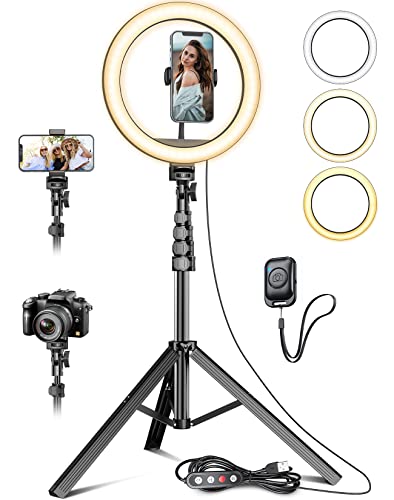

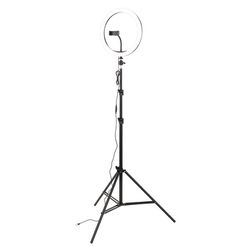
![]tascam_ixz ]tascam_ixz](https://m.media-amazon.com/images/I/41OO01g1jOL._SL500_.jpg)





![]helicon_govocal ]helicon_govocal](https://m.media-amazon.com/images/I/31jDHq69AHL._SL500_.jpg)


![]audiointerface_steinberg_ur22_mk2 ]audiointerface_steinberg_ur22_mk2](https://m.media-amazon.com/images/I/51KHG9NwYnL._SL500_.jpg)



![]km_mikrofonstativ ]km_mikrofonstativ](https://m.media-amazon.com/images/I/21Sd4NTFS+L._SL500_.jpg)

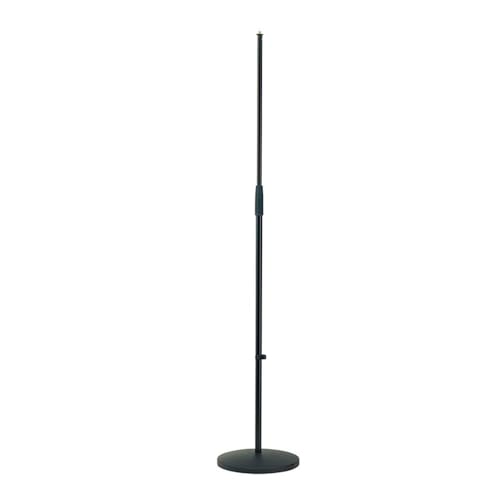
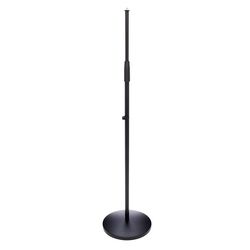
![]yamaha_ag06mk2 ]yamaha_ag06mk2](https://m.media-amazon.com/images/I/41tiKgEQwKL._SL500_.jpg)



![]adapter_klinke_auf_lightning ]adapter_klinke_auf_lightning](https://m.media-amazon.com/images/I/21oM9VHgPHL._SL500_.jpg)



![]adapter_apple_camera_kit ]adapter_apple_camera_kit](https://m.media-amazon.com/images/I/21vSG5ay-dL._SL500_.jpg)

